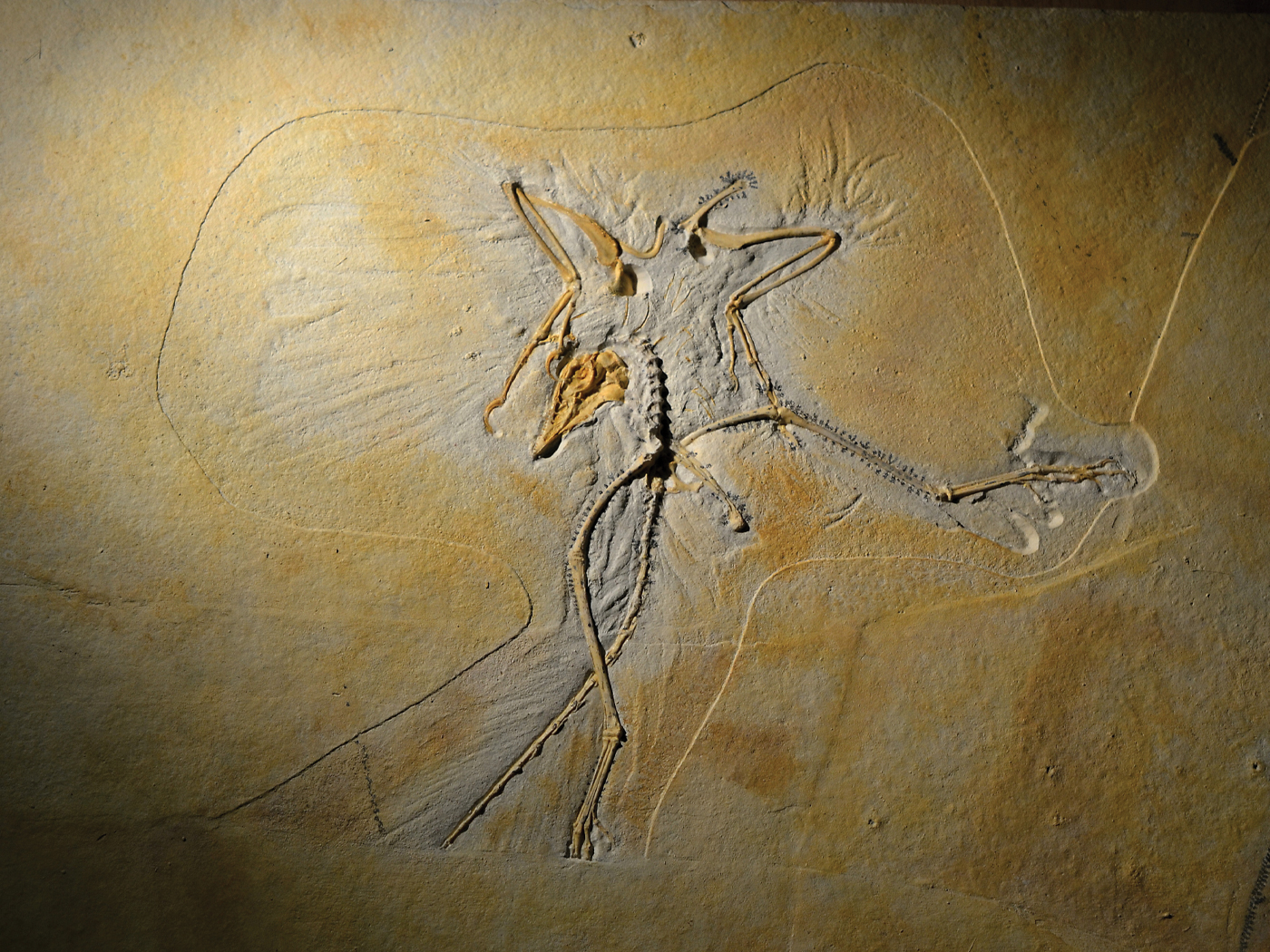Most people know the universe is "vast," but until we visualize it, we shortchange ourselves of some healthy awe. The heavens glorify God, but should also humble us—as should become apparent in the following mental journey.
Recently, the New Horizons spacecraft blasted off on a ten-year express flight to Pluto. (A manned flight to Pluto, at the maximum speed of the Apollo astronauts, would take about 17 years.) Since Mars (1/26 the distance to Pluto) seems at the limit of our reach, human travel to the stars beyond must remain a dream for now. But Pluto is very near compared to the stars; if the Sun-Pluto distance were represented by a one-foot ruler, the nearest star would be over a mile away.
Movies mislead us with their talk of warp speeds; real interstellar travel is limited by the speed of light—186,282 miles per second. In our imagination (and ignoring relativistic effects) let's aim for the nearest star at light speed. First, we would be disappointed at how slowly the scenery changes. Only after 4.3 years would Alpha Centauri appear larger than a pinpoint of light. Star-hopping within our galaxy, we would be amazed at how much is empty space.
Turning up out of the plane of the Milky Way, it would take 100,000 years for the full spiral of our galaxy to become visible. Though stars at our sun's radius orbit the center at nearly 500,000 mph, the galaxy would appear motionless. A whole human lifetime would pass with no apparent change except for the rare supernova. As for the earth—if the galaxy were represented as the size of North America, our entire solar system would fit in a coffee cup somewhere in Idaho.
Astronomers estimate that there are as many galaxies outside the Milky Way as there are stars in it. The Hubble Ultra Deep Field, taken in 2004, imaged 10,000 galaxies in a cone of space so slim you could cover it with a grain of sand held at arm's length. Integrated over the entire sky, that would mean there are more than 100 billion galaxies in the visible universe, many with more than 100 billion stars each. According to Psalm 147:4, God calls them all by name.
Contemplating such things is humbling, but also raises questions. Can a God of such a vast domain really care about us? It's important to understand the Biblical doctrine of omnipresence in answering this question. Learning that God is everywhere does not mean that part of Him is here, part there, and part in a distant galaxy, as if His love were spread thinly across all of space. No; omnipresence means that all of God is present at every place, at the same time.
This means that no matter how large the universe, and how many beings reside within His kingdom, each of us can have His full and undivided attention in our own hearts. Let us pray with the spirit and with the understanding also (I Corinthians 14:15). As the country song insightfully claims, "How big is God? He's big enough to rule His mighty universe, yet small enough to live within my heart."
* David F. Coppedge works in the Cassini program at the Jet Propulsion Laboratory.



















